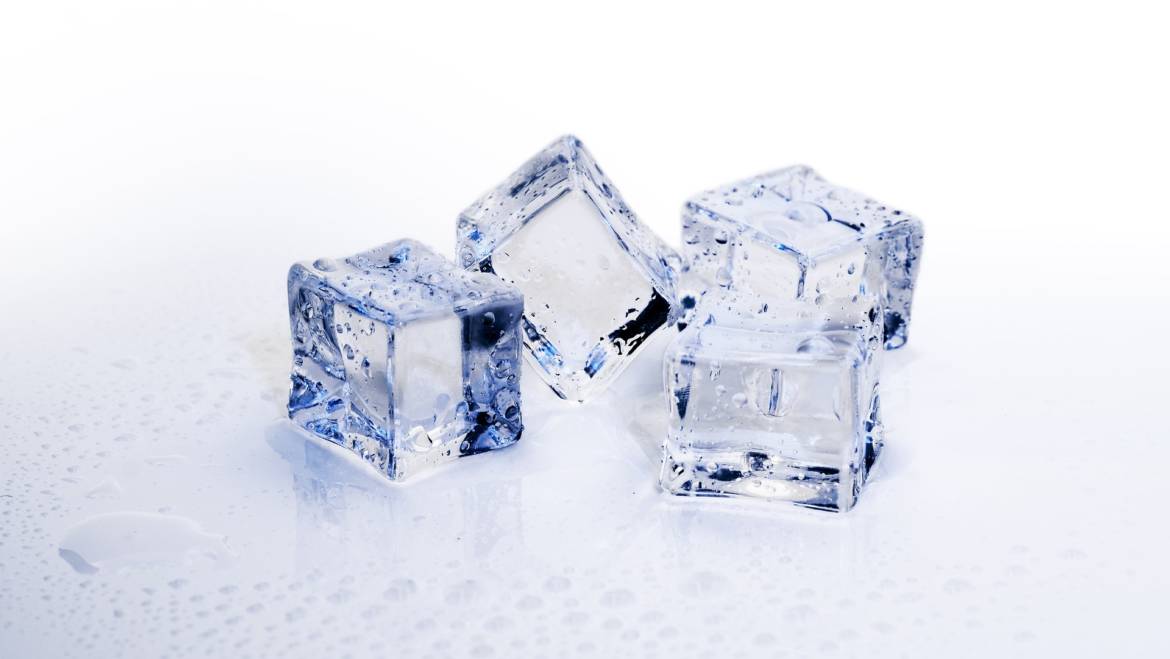My teenage boy chews ice all day long—just like his father. Is that okay, or should I do something?
With whom? Your husband or your son? If you’re referring to your husband, good luck. If it’s your son, there are a couple of things to be aware of.
First of all, there’s a well-defined condition called Pica – the eating of non-nutritional substances such as paper, cloth, soap, starch, ash, dirt, metal, string, and yes…ice. The cause is unknown, and the diagnosis requires at least a month of such activity. Not very appetizing, but it happens. We’ve seen a dozen or so cases over the years, involving young children of eight years of age up to a pregnant twenty-year old.
The eight-year-old boy was sent to the ER by his family doctor, with a diagnosis of appendicitis. The child had been vomiting for a day or so, and had severe abdominal pain. He didn’t have a fever, and his exam didn’t fit that of appendicitis. His mother was more worried about his constipation. A simple x-ray of his abdomen revealed the diagnosis. Long strands of “something” was blocking most of his large intestine. It turned out to be his grandmother’s knitting yarn, and by the time we were finished, we had enough for a sweater.
The twenty-year-old young lady came to the ER one day complaining of weakness and “sleeping a lot.” She had a dangerously low blood pressure and was pale and clammy. Simple blood work uncovered a profound anemia, so low that a blood transfusion was in order. Our battle-tested charge nurse noticed something in the woman’s large purse—an opened and half-empty box of Argo starch. Her mother explained that the starch was all the young woman wanted to eat, and was eating about three boxes a day. While the starch itself did not cause the anemia, the exclusion in her diet of any meaningful nutrition did.
That was a close call. Fortunately, most children with Pica don’t present in such an extreme condition. The parents have noted some odd eating behaviors and what they describe as a fixation on some of the above noted substances. While not necessarily posing a life-threatening risk to the child, this is something to pay attention to. Frequently, this condition can be associated with anxiety, mental health disorders, and occasionally a place on the autism spectrum. A good physical and psychological/developmental exam is in order.
Now, about the ice eating. A little ice crunching never hurt anybody, though it may drive your significant other up the wall. On the other hand, excessive ice chewing can be something entirely different. And it has its own name—Pagophagia. Once again, the time frame here is at least a month of chewing and consuming an abnormal amount of ice. That amount has not been accurately clarified. It’s just…abnormal. The risks here are much the same as with other types of pica, with the main one being anemia, secondary to the absence of needed and nutritious food in the diet. It can also be associated with stress, anxiety, and obsessive-compulsive disorder. And of course, the constant crunching on ice can damage tooth enamel, leading to the cracking and chipping of teeth.
So, if your child is chewing ice every day, or you catch them eating some peculiar substance frequently, don’t brush it off. It might be a passing preoccupation, but it could be something else, something that needs to be addressed. And while you might get away with constantly nagging at your husband to stop chewing ice, not so with your child. Easy does it here. Start with an open, calm, non-accusatory dialogue. And get some help.


Add Comment